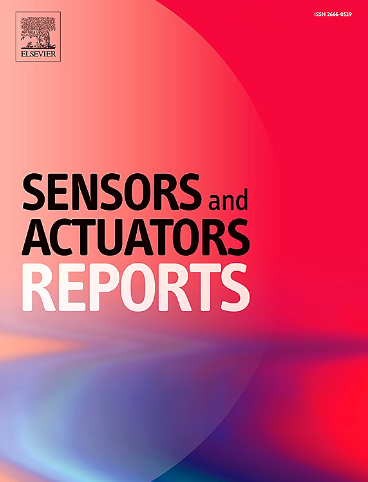Recent advances in sensing technologies for fentanyl and its analogs: Challenges and future directions
IF 7.6
Q1 BIOTECHNOLOGY & APPLIED MICROBIOLOGY
引用次数: 0
Abstract
Fentanyl is a highly potent synthetic opioid which, along with structurally related analogs like carfentanil, is a significant driver of the global epidemic of opioid abuse. These compounds are often added in small amounts to other illicit drugs, found in misrepresented samples, or introduced through unintentional cross-contamination. Their low concentration, structural diversity, extreme potency, and occurrence in complex matrices like biological fluids increase the risk of fatal overdose and complicate their detection. The development of accurate, sensitive, and selective detection technologies is therefore crucial for applications in clinical diagnostics, forensics, public health surveillance, and law enforcement. This review discusses advanced sensors and analytical techniques for identifying fentanyl and its analogs, including colorimetric assays, immunoassays, electrochemical sensors, Raman spectroscopy, liquid chromatography-mass spectrometry (LC-MS), gas chromatography-mass spectrometry (GC–MS), nuclear magnetic resonance spectroscopy (NMR), and Fourier-transform infrared spectroscopy (FTIR). Each method is evaluated on the basis of its sensitivity, selectivity, ease of use, compatibility with complex matrices, stability, and ability to distinguish fentanyl from related analogs and other drugs of abuse. By detailing current advances and limitations in detection methodologies, this comprehensive overview of the field of fentanyl detection offers insights to guide the development of more effective and practical technologies tailored for diverse analytical and research settings.
芬太尼及其类似物传感技术的最新进展:挑战与未来方向
芬太尼是一种强效的合成阿片类药物,与卡芬太尼等结构相关的类似物一起,是全球阿片类药物滥用流行的重要驱动因素。这些化合物通常被少量添加到其他非法药物中,在错误的样品中发现,或通过无意的交叉污染引入。它们的低浓度、结构多样性、极强的效力以及在生物液体等复杂基质中的存在增加了致命过量的风险,并使其检测复杂化。因此,开发准确、敏感和有选择性的检测技术对于临床诊断、法医学、公共卫生监测和执法中的应用至关重要。本文综述了用于鉴定芬太尼及其类似物的先进传感器和分析技术,包括比色法、免疫分析法、电化学传感器、拉曼光谱、液相色谱-质谱法(LC-MS)、气相色谱-质谱法(GC-MS)、核磁共振光谱法(NMR)和傅里叶变换红外光谱法(FTIR)。每一种方法都是根据其灵敏度、选择性、易用性、与复杂基质的相容性、稳定性以及区分芬太尼与相关类似物和其他滥用药物的能力来评估的。通过详细介绍检测方法的当前进展和局限性,本文对芬太尼检测领域的全面概述提供了见解,以指导针对各种分析和研究环境量身定制的更有效和实用的技术的发展。
本文章由计算机程序翻译,如有差异,请以英文原文为准。
求助全文
约1分钟内获得全文
求助全文
来源期刊

Sensors and Actuators Reports
Multiple-
CiteScore
9.60
自引率
0.00%
发文量
60
审稿时长
49 days
期刊介绍:
Sensors and Actuators Reports is a peer-reviewed open access journal launched out from the Sensors and Actuators journal family. Sensors and Actuators Reports is dedicated to publishing new and original works in the field of all type of sensors and actuators, including bio-, chemical-, physical-, and nano- sensors and actuators, which demonstrates significant progress beyond the current state of the art. The journal regularly publishes original research papers, reviews, and short communications.
For research papers and short communications, the journal aims to publish the new and original work supported by experimental results and as such purely theoretical works are not accepted.
 求助内容:
求助内容: 应助结果提醒方式:
应助结果提醒方式:


